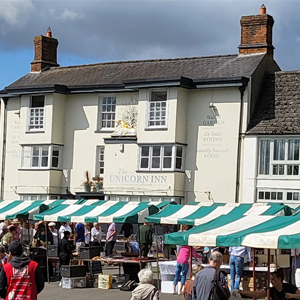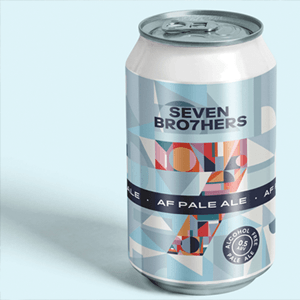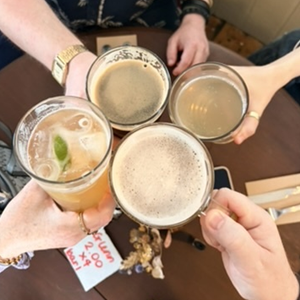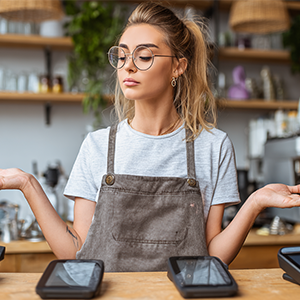Food & drink ordering apps for bars - a selection criteria
It now seems almost certain that to re-open your pub or bar after lockdown you will need a way to serve customers that respects social distancing guidelines. As such, many pubs are looking to put in place an app for customers to order their food and drink.
Many food & drink ordering apps have sprung up in response to this demand, but how do you select the right one for your pub or bar?
This article explains some of the key differences between the different apps available and offers our thoughts on some of the key things to look for and common pitfalls to avoid.
Customers don’t download apps
We’ve found from our own experience and from others in the industry that it is very hard to get customers to download an app. This is the case in normal times, when a venue offering a table service app would be a novelty, but what about in a world where nearly every pub has their own app? Customer’s aren’t likely to want a different ordering app on their phone for every pub they visit.
Instead look for a Progressive Web App (PWA), which can be saved on a customer’s home screen just like an app, but crucially does not need to be downloaded. Instead it can be accessed just by visiting a URL or scanning a QR code (more on this below).
Make it quick and easy to order
Key to the success of a food & drink ordering app is how quickly & easily a customer can place an order. This is at least as true for a first-time customer who has never used your app before, as it is a regular customer.
If you’ve avoided your customer’s needing to download an app then you’re off to a good start with this. Downloading an app can take a minute, which is already more time than you should be expecting your customers to have to give.
Not forcing customers to register to use the app is probably the next most important factor. If you need to capture their details, this should be done after they have placed their order, not before.
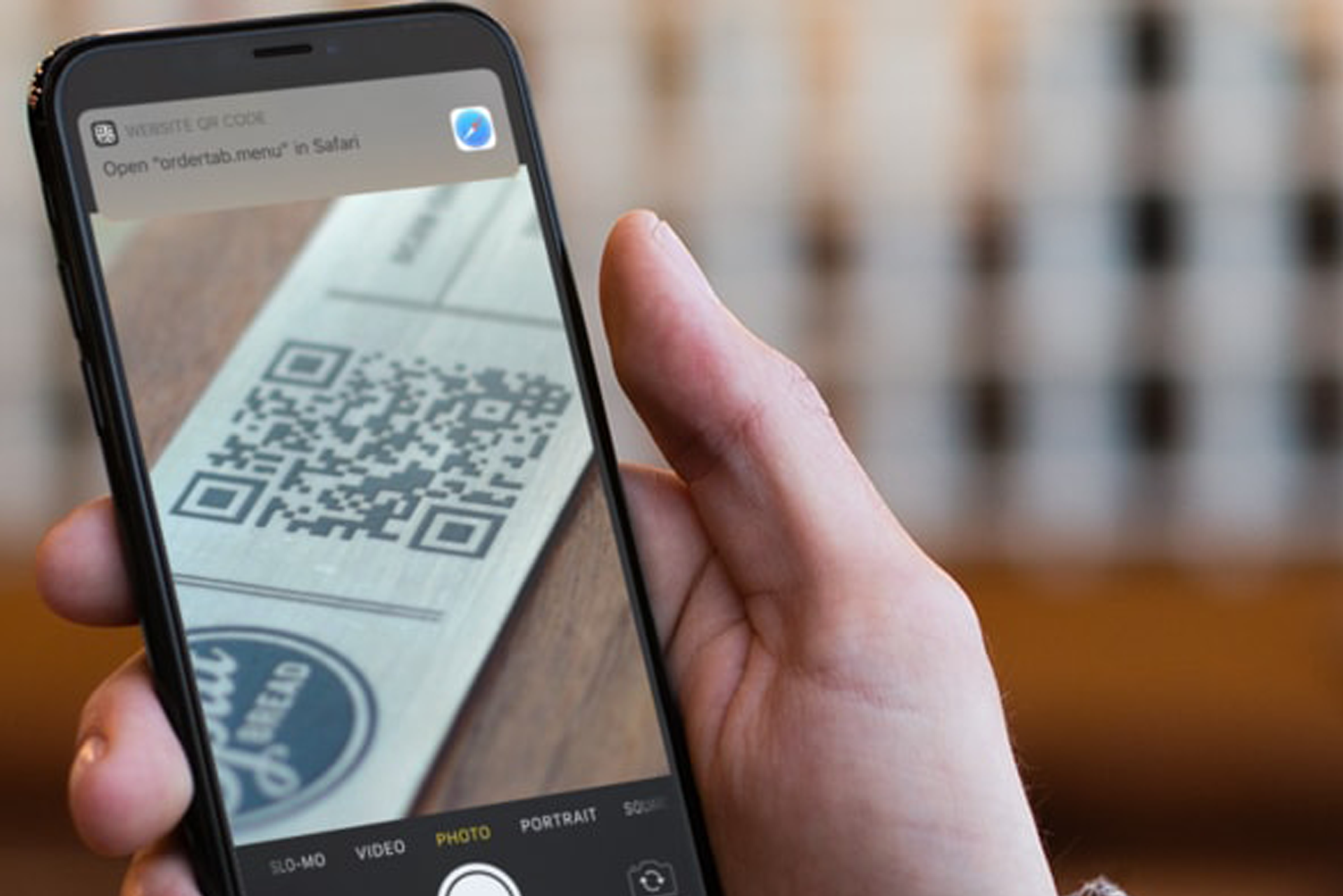
For really quick ordering, some apps, including our own food & drink ordering app, will enable a customer to order by simply scanning a QR code (scanners are built into most phones cameras, so this is as simple as putting the QR code in the cameras view).
If a new customer can place an order from your app as quickly as they could have ordered at the bar, then you have an app that is likely to be a success.
You might need it to do more than you think
Ordering food and drink from an app sounds like a simple requirement, but it’s easy to overlook the many more detailed aspects that underly this.
Think through all the features you use of your bar epos and whether they will also need to be available on your drinks ordering app. Do you need to run promotions? Can customers select modifiers or mixers? Are certain products only available at certain times of day?
If you track stock you will need the orders from your app to feed into your stock tracking system & you’ll want to be able to report on your mobile orders as you can your other sales.
It needs to tie in with your other systems
Many of the requirements above will rely on a good integration with your bar EPOS system. A level of integration is also key to achieving a positive user experience.
If staff need to re-key orders into your EPOS, this will delay the time to a customer receiving their order. It can also lead to mistakes. With the increased volume of orders that might be placed using an ordering app under social distancing regulations, it would be a huge amount of staff time to key all of these orders into your EPOS.
If your kitchen already received food orders on a kitchen screen or printer, you'll want orders placed on your ordering app to come through in the same manner.
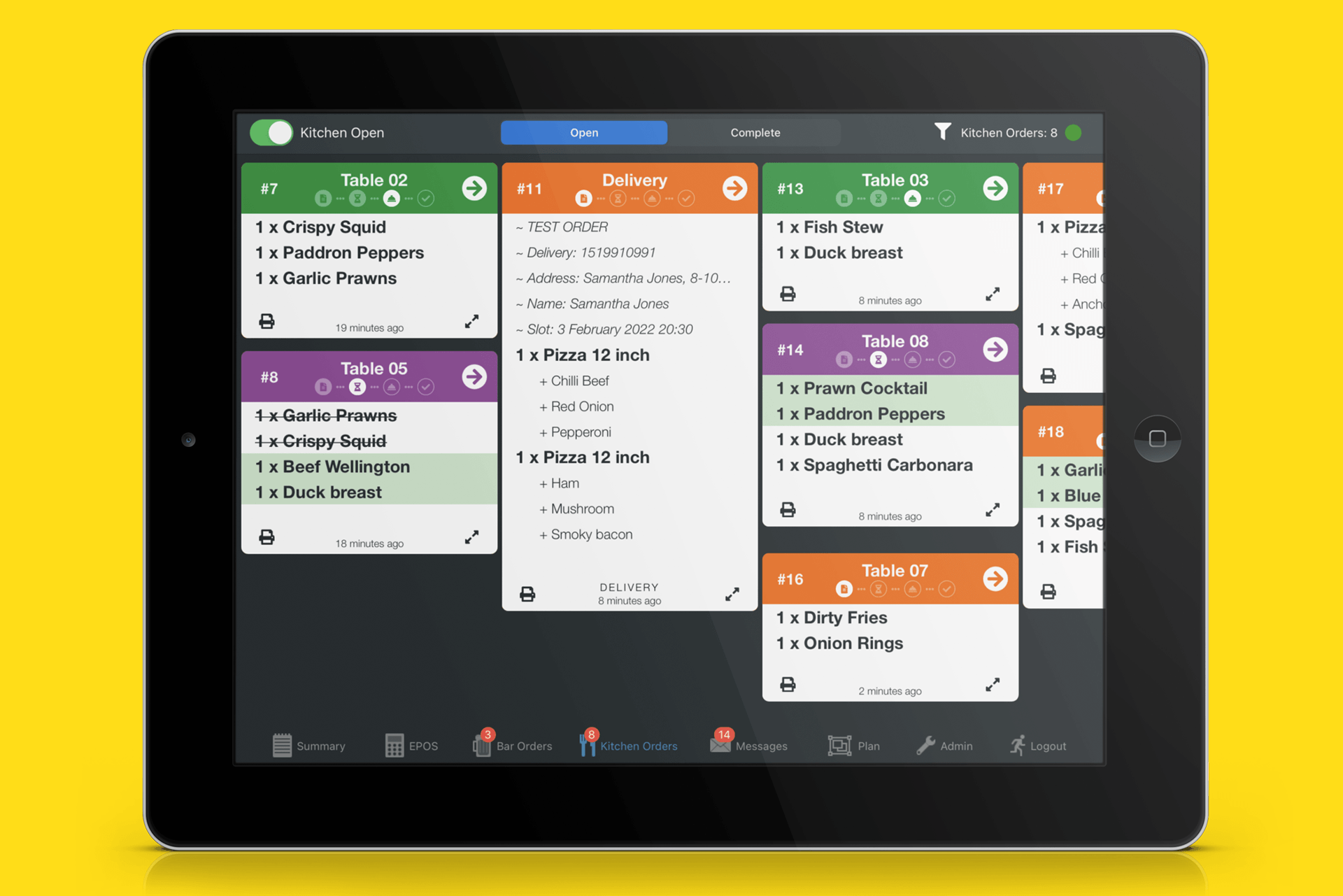
Look for multiple payment options
From both a customer experience and operational perspective, taking payment in the app makes sense, particular if your app supports Apple and Google Pay.
However, card processing fees on an app will always be higher than for card transactions taken using your card machines.
It’s important to be aware of this and to understand what your options are if volumes of sales through the app prove to be very high. One option might be to pass on a small service fee to the customer – you will be the best judge of how acceptable this would be to your customer base.
Another option, would be to take payments for orders using your card machines instead of within the app. Whether you choose to do this is likely to depend on your order volumes and your own operational procedures, but if it’s something you want to consider you’ll need to know your ordering app has the option.
Decide on your own criteria
We’ve put together the above based on our own experience in self-service systems and the thinking we went through in developing our own ordering app. Different points will be more or less relevant to different businesses and it’s important to think through what is important to you and your style of operation.
If you’re not tied to your existing EPOS we’d love to tell you more about using our pub & bar EPOS with integrated mobile ordering . If you don’t want to move from your current EPOS then hopefully the above can help with your selection of an ordering app that integrates with your system.

